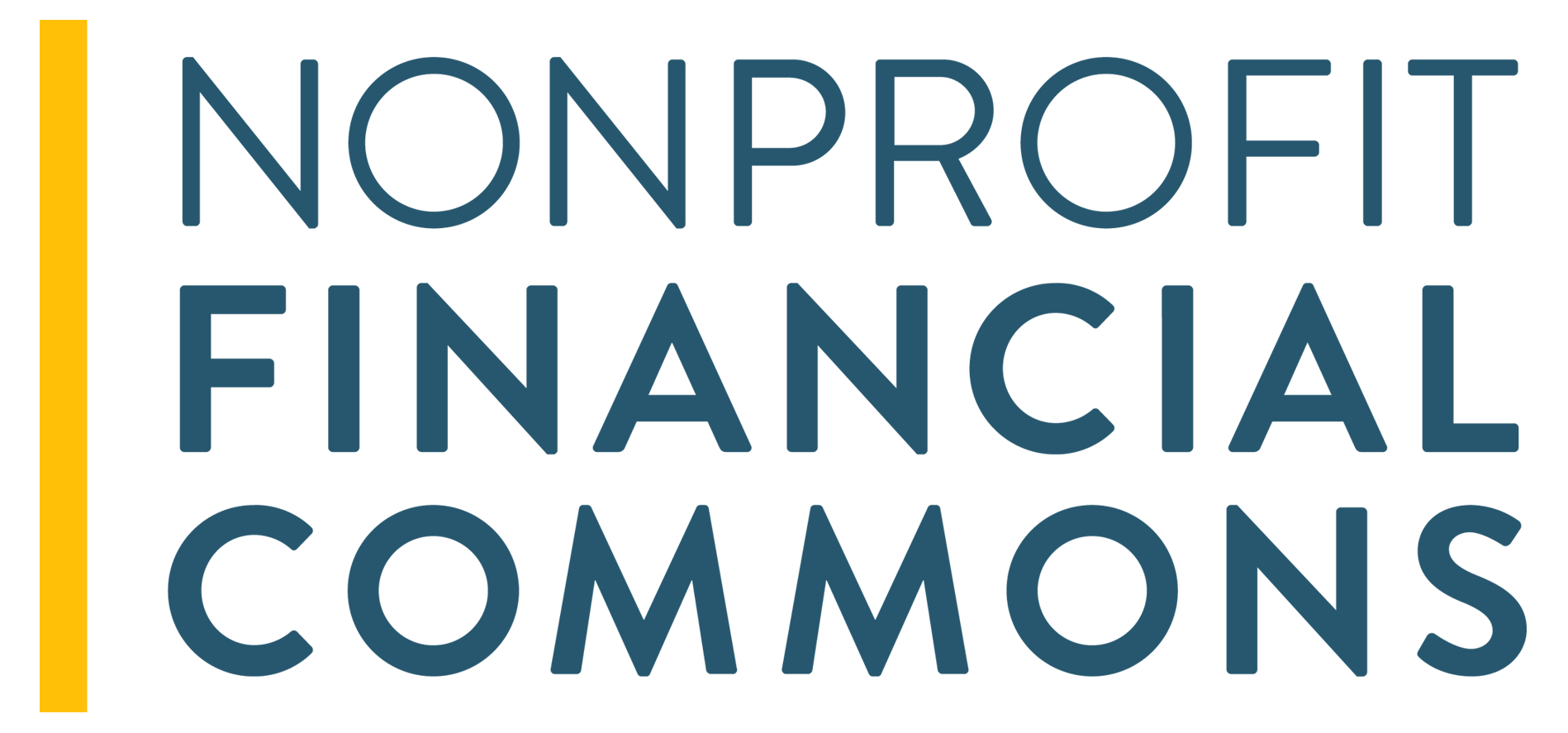-
We advise that the level of reserves should really be related to consistency, stability, and diversity of your funding. While we know that macro events can create massive change, there are types of nonprofit revenue sources that are less volatile than others. For example, we work with a variety of youth camping organizations. Highly reliable revenue. Until COVID. Others rely on government contracts that seem reliable, but not if it is 65% of your revenue.
People talk about the panacea of earned income, but I disagree. Business is hard. 80% of businesses fail. That number is quite likely higher for nonprofits attempting earned income. But I believe there is a place for it as part of a diversified revenue stream. If you have 1,000 donors each giving you relatively the same amounts, you need less cash reserves. Because the chances of all 1,000 abandoning you at the same time is very very low. If you have 1,000 donors and 1 of them makes up 50% of your donations, then you need a far higher cash reserve because the chances of that 1 person abandoning you is very real.
So while 3 to 6 months is a handy quick benchmark, I think it really takes analyzing the diversity, stability, and consistency of your funding. Assess the risk. And then set the appropriate level. And to go a step further, many banks will provide lines-of-credit to nonprofits if they have donors or Board members who will guarantee them. This can help you reduce your cash reserves so you can pump it into missions, but still have the ability to access cash when and if a storm hits.
